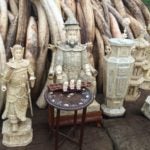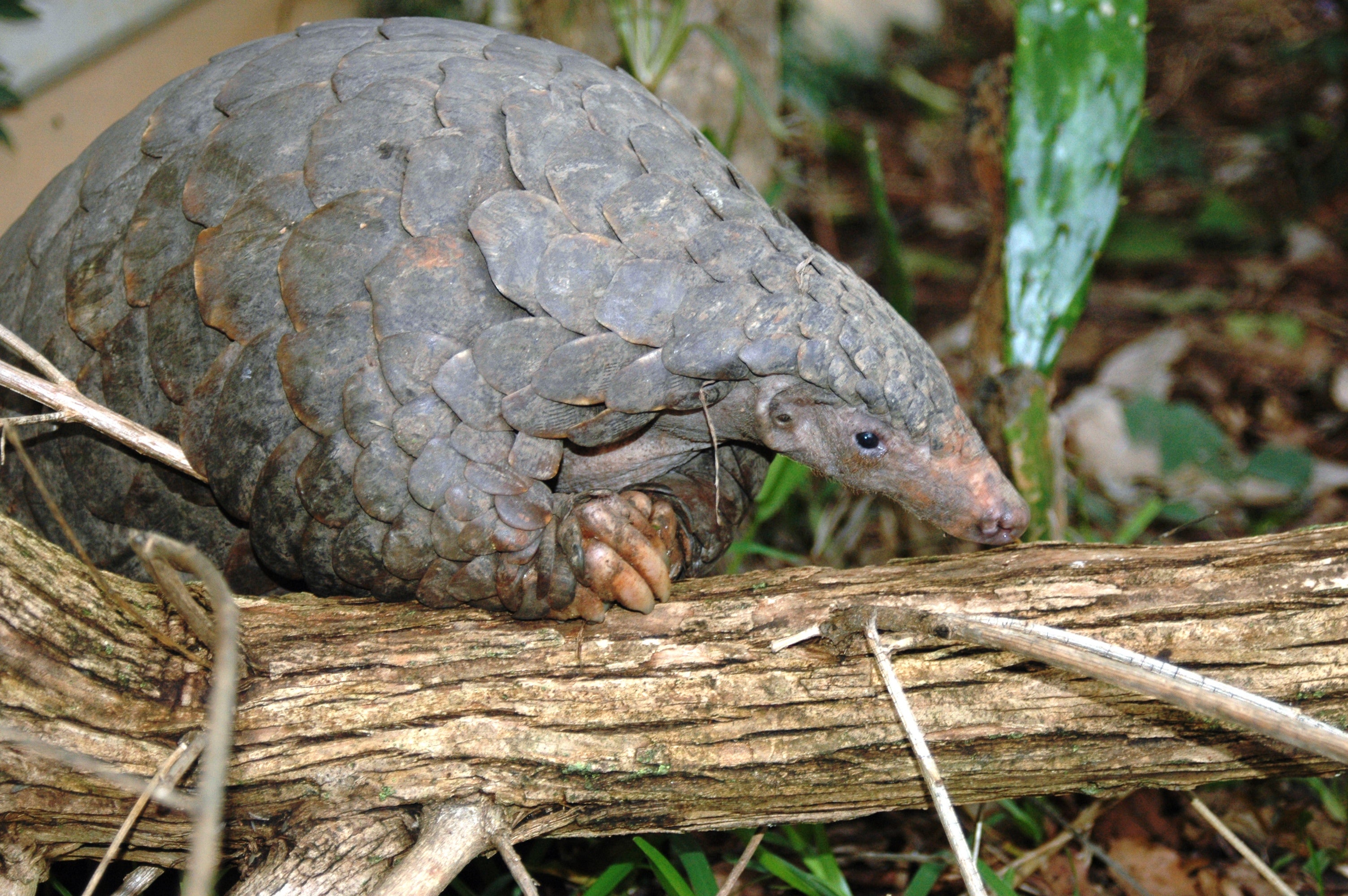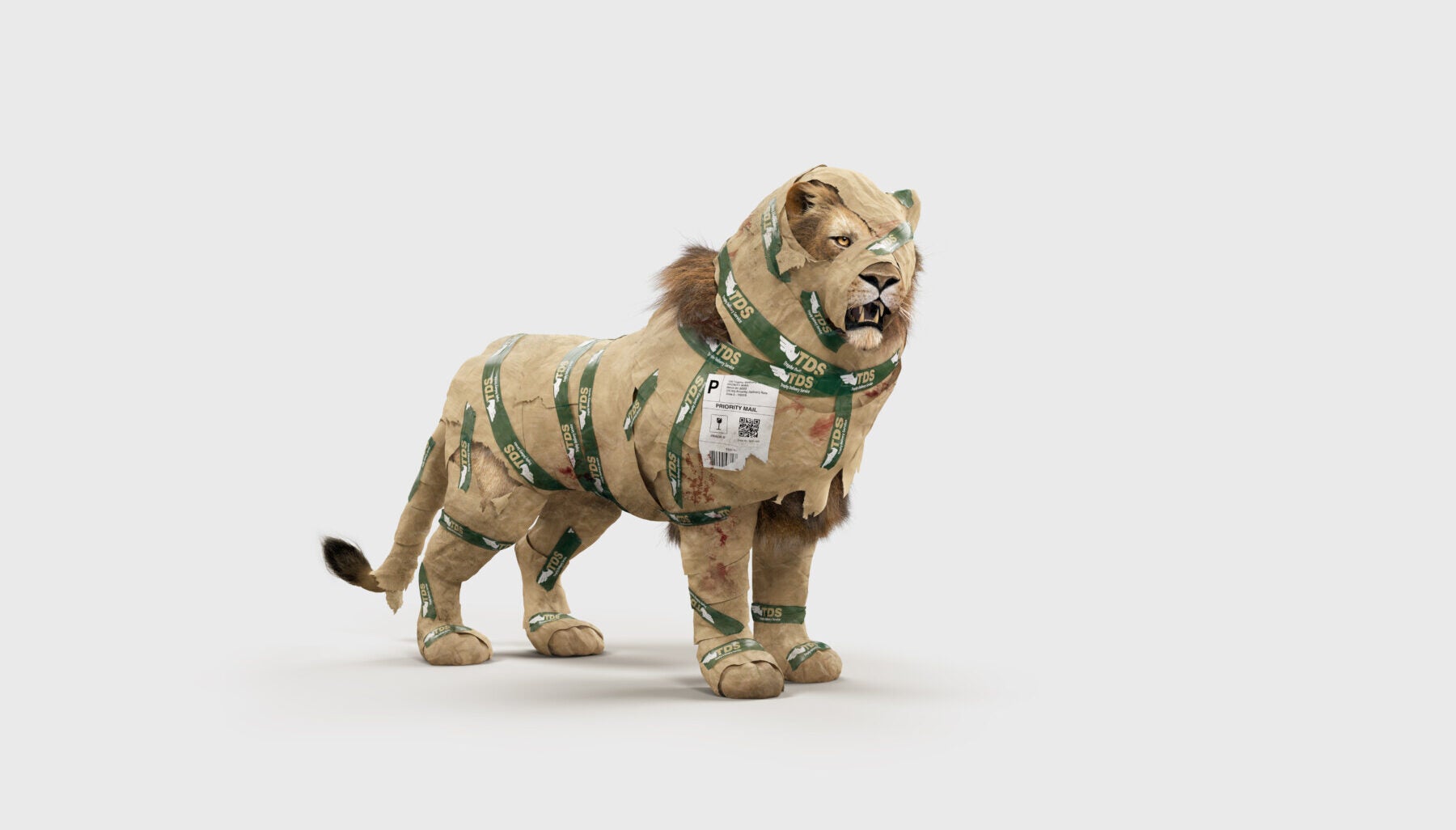
GENEVA—A proposal to list the extinct woolly mammoth on Appendix II was withdrawn at the meeting of the Conference of the Parties to the Convention on International Trade in Endangered Species of Wild Fauna and Flora (CITES) in Geneva.
Instead, the Parties agreed that the CITES Secretariat will commission a study on the trade in mammoth ivory and its contribution to the illegal trade of elephant ivory. The amendment was brought to the floor by proponent country Israel after countries expressed division on the original proposal. Humane Society International/Africa’s wildlife director and elephant expert had hailed the original proposal as a “proactive step to stop the mammoth’s genetic cousin from following in its giant footsteps by slipping into extinction.” Mrs Delsink today expressed her regret that the proposal has been withdrawn, but welcomed the study as an important first step.”
The original proposal sought to regulate the trade in mammoth ivory in order to address elephant ivory trafficking. Although mammoths have long been extinct, wildlife traffickers often launder elephant ivory by claiming it is mammoth ivory. An Appendix II listing would not end the trade in mammoth ivory but would regulate the trade to ensure that mammoth ivory entering the wildlife trade is truly from mammoths and not elephants. It is predicted that increasing amounts of mammoth ivory will be exhumed as climate change thaws permafrost environments.
Audrey Delsink, Humane Society International/Africa’s wildlife director, says: “There is a growing trade in mammoth ivory which can be used to launder illegal elephant ivory. Although international trade in elephant ivory has been banned since 1990, traffickers often try to pass off elephant ivory as legal mammoth ivory to circumvent the ban, because of its near identical appearance. Traders sometimes mix the two ivories together, and in the absence of an immediate, reliable and cost-effective test to distinguish between the two, the market in mammoth ivory is providing a dangerous cover for poached elephant ivory. While we would have been pleased to see CITES nations taking more proactive steps to stop the mammoth’s genetic cousin from following in its giant footsteps by slipping into extinction, we nonetheless welcome the study as an important first step in addressing this issue and urge them to go further to truly counteract this threat to elephants.”
The decision needs to be ratified at the plenary session of the CITES conference on August 27/28th.
ENDS
Media contacts:
- At CITES: Brianna Grant, bgrant@hsi.org, [+1-202-360-3532]
- United Kingdom: Wendy Higgins, whiggins@hsi.org +44 (0)7989 972 423
- United States: Nancy Hwa, 202-596-0808 (cell), nhwa@hsi.org








